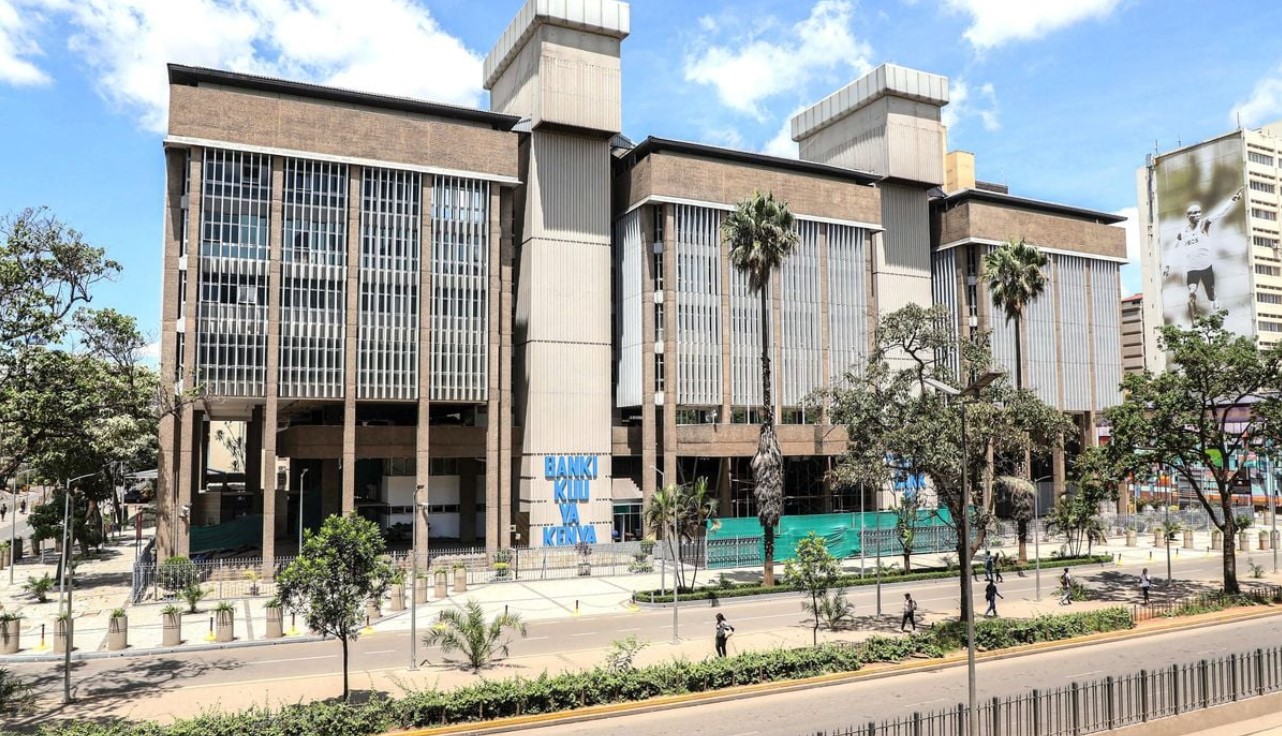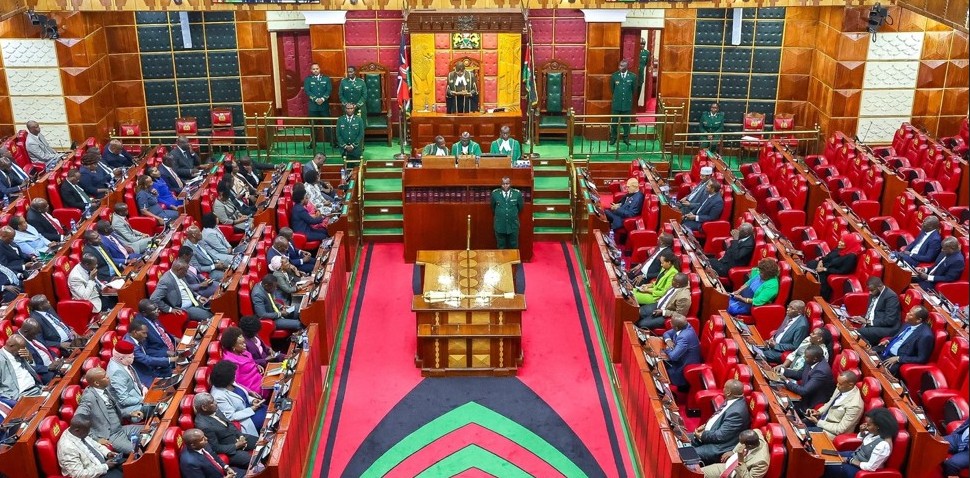CBK threatens daily penalties as eight banks defy lending rate cuts

Only six institutions: Citibank N.A. Kenya, Absa Bank Kenya, Credit Bank, Standard Chartered Bank Kenya, Stanbic Bank Kenya and Victoria Commercial Bank reduced their rates to meet or fall below the revised CBR.
The Central Bank of Kenya (CBK) has warned commercial banks of daily penalties for failing to adjust lending rates in line with recent policy cuts, after data revealed eight lenders raised interest charges over the past year.
The regulator’s firm stance comes after it lowered the Central Bank Rate (CBR) seven times between August 6 and August 12, bringing it down from 13 per cent to 9.5 per cent. The previous 13 per cent rate, the highest in over two decades, had been in place for about seven months.
More To Read
- Kenya Kwanza adds Sh3 trillion to national debt in three years, CBK reveals
- CBK warns of rising debt distress, urges fiscal coordination
- MPs question rising debt despite Treasury’s reduced CBK borrowing
- CBK data shows Sh344 billion decline in mobile money transactions, steepest drop in 18 years
- CS Mbadi tables new banking rules targeting non-compliance, unethical practices
- CBK targets Sh40 billion in new Treasury bond auction
Despite the policy shift, DIB Bank Kenya, Consolidated Bank of Kenya, Co-operative Bank of Kenya, Kingdom Bank, UBA Kenya Bank, Diamond Trust Bank Kenya, Premier Bank Kenya, and Access Bank Kenya raised their overall weighted average lending rates during the same period, setting themselves on a collision course with the regulator.
At the same time, 24 other banks lowered their borrowing costs by between 0.09 and 2.82 percentage points, effectively aligning their rates with the benchmark but not going any lower.
Only six institutions: Citibank N.A. Kenya, Absa Bank Kenya, Credit Bank, Standard Chartered Bank Kenya, Stanbic Bank Kenya and Victoria Commercial Bank reduced their rates to meet or fall below the revised CBR.
The central bank has made it clear that it will no longer entertain delays or excuses from lenders, especially now that a new loan pricing framework has been introduced.
The model, unveiled in August, is anchored on a single reference rate derived from average interbank lending rates. It replaces the current system that allows each bank to set its own base rate, which the regulator says has failed to reflect changes in monetary policy.
Last month, CBK moved to tighten enforcement as the risk-based pricing regime took effect, telling banks to fully comply with the policy changes.
“There should be no excuse by banks for whatever reason... There have been several excuses. This time, there won’t be an excuse. Once we lower the (benchmark) rate, banks should also lower their rates,” CBK Governor Kamau Thugge said.
Some banks have maintained that they are constrained by expensive deposits locked in earlier at higher rates, arguing that this has slowed the pace of lowering loan charges. However, the regulator has insisted that the new pricing formula provides a uniform basis for adjustments and expects full implementation.
Lenders have been given three months, up to December 1, 2025, to apply the revised model to new loans and until March 1, 2026, to extend it to existing credit facilities. Full compliance is expected by the end of February 2026.
The push to lower borrowing costs comes at a time when banks have recorded increased earnings, benefiting from higher lending rates that were not matched by similar increases in savings during the previous high-interest-rate environment.
Top Stories Today














































